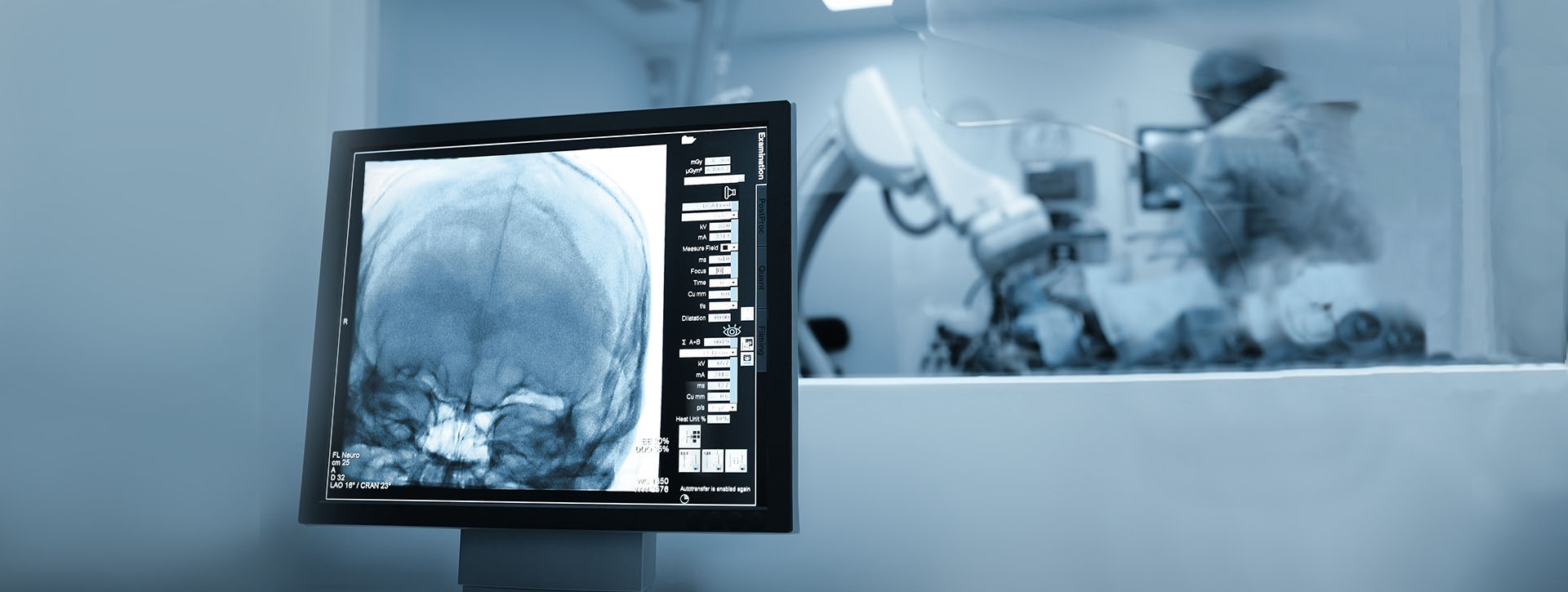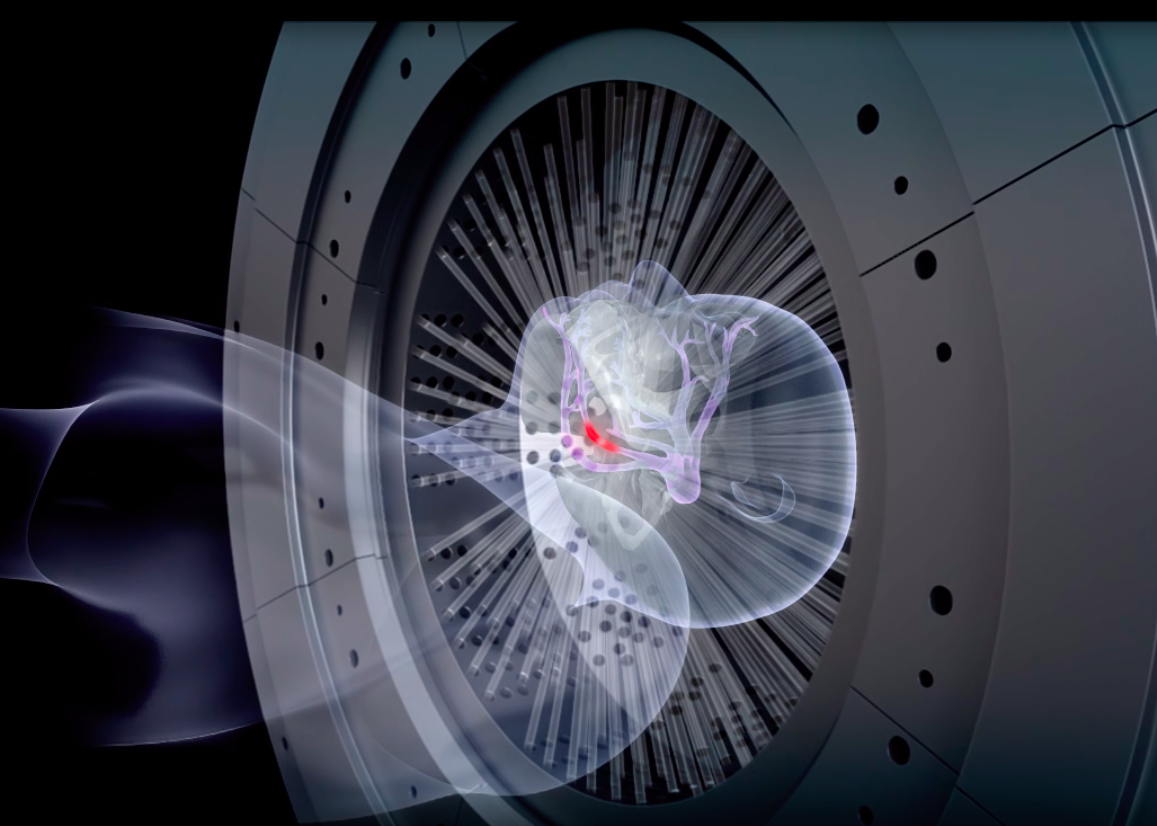
Brain

Although the name implies the use of a surgical incision, the Gamma Knife® “blades” are actually highly focused, low-dose radiation beams used to shrink tumors or repair other brain abnormalities.
These beams zero in on the target but spare the surrounding, healthy tissue. These beams all converge at a specific point to deliver a concentrated blast of radiation to the target. Unhealthy cells slowly die, stabilizing or shrinking the tumor or correcting other conditions.
Gamma Knife® surgery is extremely effective in treating malignant and benign tumors, vascular abnormalities, and functional disorders (such as trigeminal neuralgia). Additional benefits include no use of anesthesia and it’s accompanying problems, no incision, no hair loss, short hospitalization, immediate return to pre-procedure activities, and minimal discomfort.
Synaptive
BrainPath
Technique
The Synaptive BrainPath technique offers patients with brain lesions that were once considered inoperable or inaccessible greater hope for healing.
This minimally invasive procedure offers neurosurgeons like Dr. Soldevilla advanced visualization and planning tools, which allow him to establish a minimally disruptive surgical path to the abnormality. This pre-planned surgical path minimizes tissue displacement and potential impact to critical structures during the advancement to the abnormality.


Navigated
Brain Surgery
Navigated brain surgery, or neuronavigation, is an advanced computer-assisted method used by neurosurgeons like Dr. Soldevilla for the surgical management of brain tumors.
In the past, neurosurgical procedures such as brain surgery have relied solely on the surgeon’s experience and interpretation of 2D imaging (i.e. MRI, CT). Navigated brain surgery lets Dr. Soldevilla create a 3D reconstruction of the patient’s head in order to compare various approaches to target the tumor(s). This allows him to compare various approaches and preplan the surgery preoperatively, which, in turn, facilitates minimally invasive approaches that place less strain on the patient.
During the procedure itself, Dr. Soldevilla can use these images to help guide him to the target tumor within the brain.

